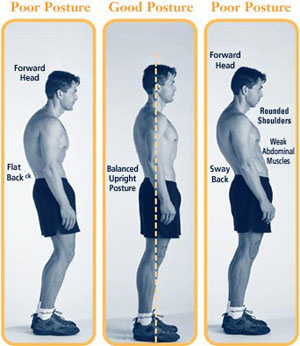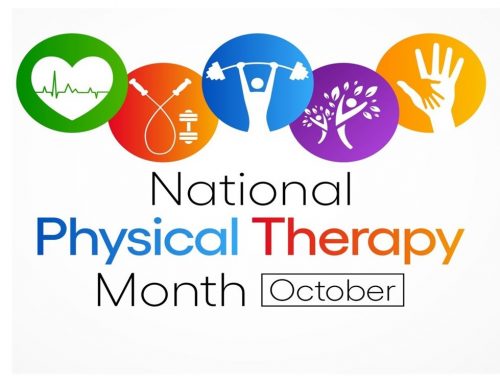“Sit up straight.” We have all heard that before. But now it’s time to do it. Correct posture is a simple but very important way to keep the many intricate structures in the back and spine healthy. It is much more than cosmetic – good posture and back support are critical to reducing the incidence and levels of back pain and neck pain. Back support is especially important for patients who spend many hours sitting in an office chair or standing throughout the day.
Problems caused by poor back support and posture
Not maintaining good posture and adequate back support can add strain to muscles and put stress on the spine. Over time, the stressof poor posture can change the anatomical characteristics of the spine, leading to the possibility of constricted blood vessels and nerves, as well as problems with muscles, discs and joints. All of these can be major contributors to back and neck pain, as well as headaches, fatigue, and possibly even concerns with major organs and breathing.
The perfect posture should allow a straight line to be drawn through your ear, shoulder, hip and knee. This line is called a plumb line and is perpendicular to the floor. Weight bearing is through the hip joint. With poor posture, weight bearing is in front of the hip joint. Perfect posture is not achieved by pulling your shoulders back. It only worsens the situation. Postural correction can only be achieved by working on all body parts involved.
TIPS FOR IMPROVING POSTURE
- Visualize that you are 2 inches taller, than you are, stand erect to mimic this.
- Imagine you have a fine jewel right in the notch where your collarbones come together. Lift and show off this jewel; keep your “tie high”; imagine you have a little shelf right at the notch of your collarbones; carry a cup of liquid on that shelf and don’t spill a drop.
- Scruff of Neck — helps to lower the chin if head is tilted back; spread your wings — imagine your collarbones as wings and spread your wing tips; lift the rib cage up and away from your hips.
- Pretend there is a bucket between your hips, the top of the bucket is at the waistline. Keep the bucket level. You may have to tuck your hips under or stick your tailbone. This depends upon your standing posture.
- Always remember to keep your lower abdominal and pelvic floor muscles tight while doing any activities.
- Sit in a chair with a straight back with your back supported and feet flat on the floor. Support your arms and keep your shoulders level while sitting.
- Change position when doing an activity for a prolonged period of time.
- Keep your car seat upright so that your hips are at a 90-degree angle.
- Wear comfortable shoes. Avoid high heels and stand with weight evenly through both feet.
- Avoid weight gain and exercise regularly.
- Sleep on a firm mattress with a pillow that comfortably supports your neck.







